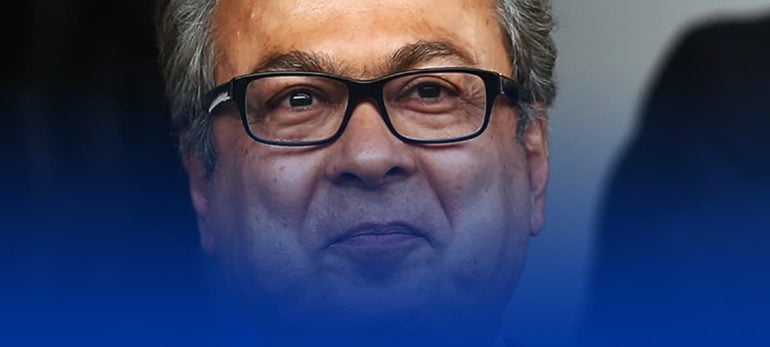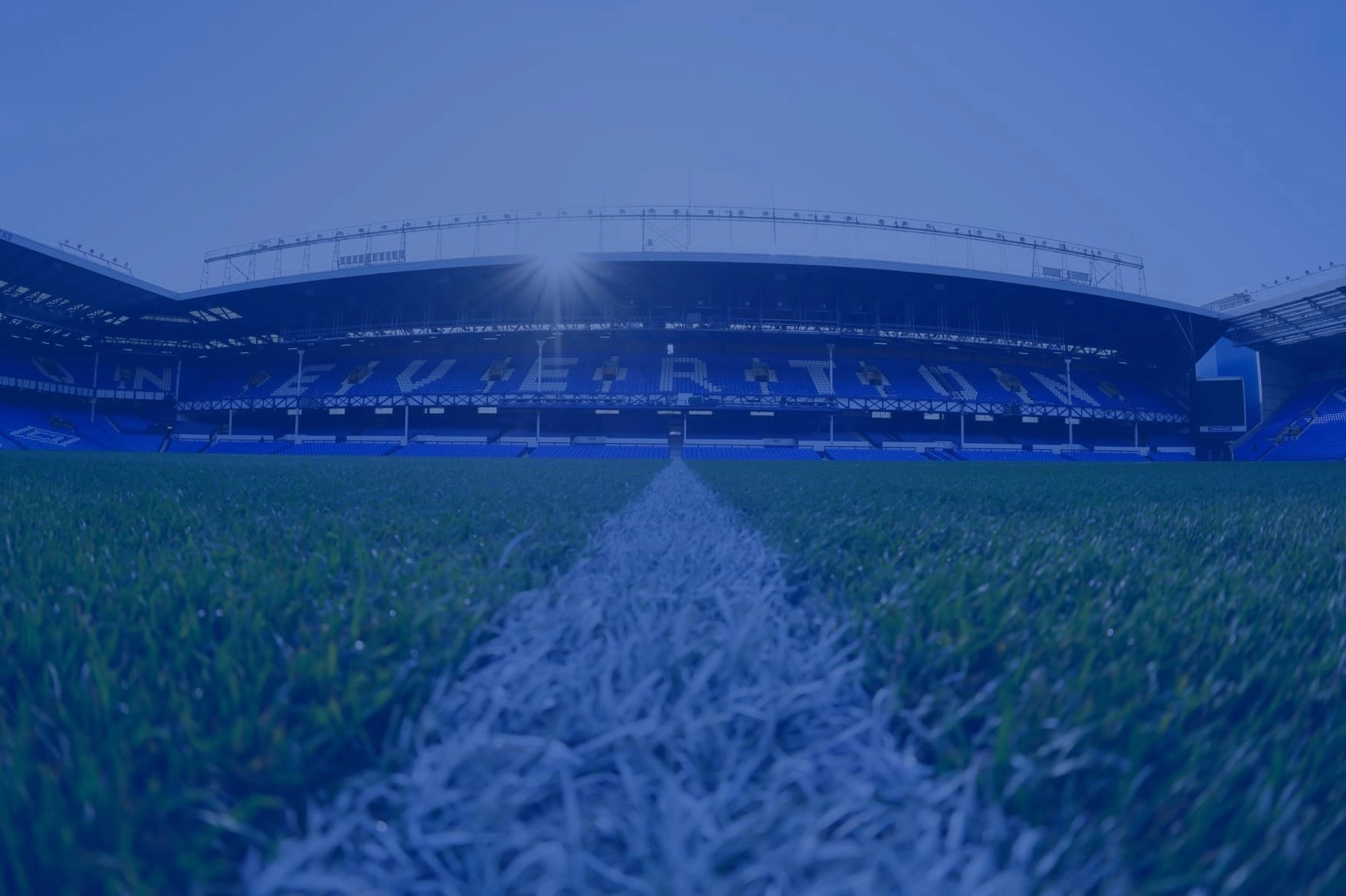Since the introduction of Farhad Moshiri to Everton we have seen a renewed approach to spending that has been more extravagant than anything seen in arguably a generation of match going Evertonians. In both the summers this was certainly helped by big sales, namely John Stones and Romelu Lukaku, but the £200 + million spent on players has thus far frustratingly not translated to an improvement in performance that we had hoped for. The introduction of Marcel Brands from the Dutch league (primarily a selling league) and his early words about cutting back costs, reducing the wage bill first and getting the playing squad down from 38 to 25 have led to myriad of opinions forming about whether the change in direction the club has gone in this summer will be a move away from the sorts of funds we have had to spend over the last two years and a move back to the previous regime’s approach where we needed to sell players before we could buy (known simply as sell to buy).
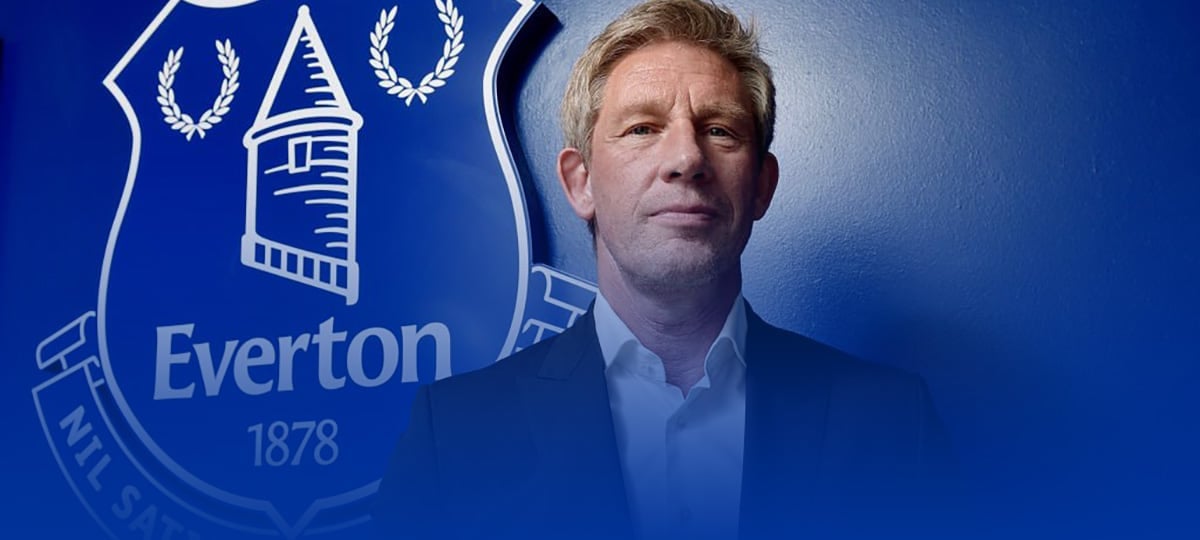
As with any question posed in such a binary manner, the answer becomes more complex than a simple yes or no can provide. While there is an instinct in humanity to view the change from one regime to another as simply a positive or negative move things can rarely be boxed into such easy paradigms. While I have little doubt the majority shareholder is a more competent operator than previous Chairman Bill Kenwright and has a level of ambition, personal funds, connections to wealthier/more influential people and arguably a direct relationship with the wealthiest man in Russia he too is also beset by the same problems that dogged much of Bill Kenwrights tenure. However much money Farhad Moshiri may have they are not enough to eliminate the structural challenges that face Everton. While it would be harsh to blame Moshiri for these, they are not of his making what he can be questioned on is the speed his board have sought to effectively remedy them, with too little haste in the formation of a new board and arguably still enough external experience to help drive the club forward.
The glib reality for Everton, is that turnover remains far too low compared to the 6 clubs above it in the league. It is around half of Liverpool’s, and a third of Manchester Uniteds and the gap continues to grow. The analogy of a sports car is a worthwhile one here, that the takeover from Farhad Moshiri of Everton presented them the opportunity to get out of first gear, while the clubs ahead of them are not just in better cars, moving through the gears faster but they are also keen to hit the accelerator once that is done. In many ways precious ego’s at Everton’s board level have stalled Everton’s own move into 2nd gear when we should have already have been trying to move into 4th. The context of this means unless Everton are extremely smart in the transfer market, they fall badly behind the competition. Many people are remarking a wage bill of 138 million is not sustainable, yet if Everton’s commercial performance were to match even the 5th best side commercially this would not only be sustainable, but it would allow significant room for growth. However we are constrained by years of under development of a brand, of a CEO who had no plan to do so and we can only hope his internal replacement will have a radical approach to overhauling this historic under performance.
While this process goes on in parallel it does little for the upcoming summer to help generate funds for the squad, or in truth the summer after that. In the short to medium term, even in the best case scenario’s that none broadcast commercial revenue is grown at 20% p/a you are looking at 5 years before we even approach the next side in the league. If Everton wish to overtake the sides ahead of them in the league, it therefore becomes imperative that money is spent astutely and done in a coherent and planned manner. While a mixture of Moshiri putting money into the business, a cleverly arranged credit facility, sale of long term assets and a bridging loan from HSBC have underpinned the growth in spending it feels as of this moment that most of those have been maxed out and we need to look at alternative options. It is perhaps this that has led to Brands coming in and adopting an approach that favours brutal realism as opposed to a more utopian approach to transfers.
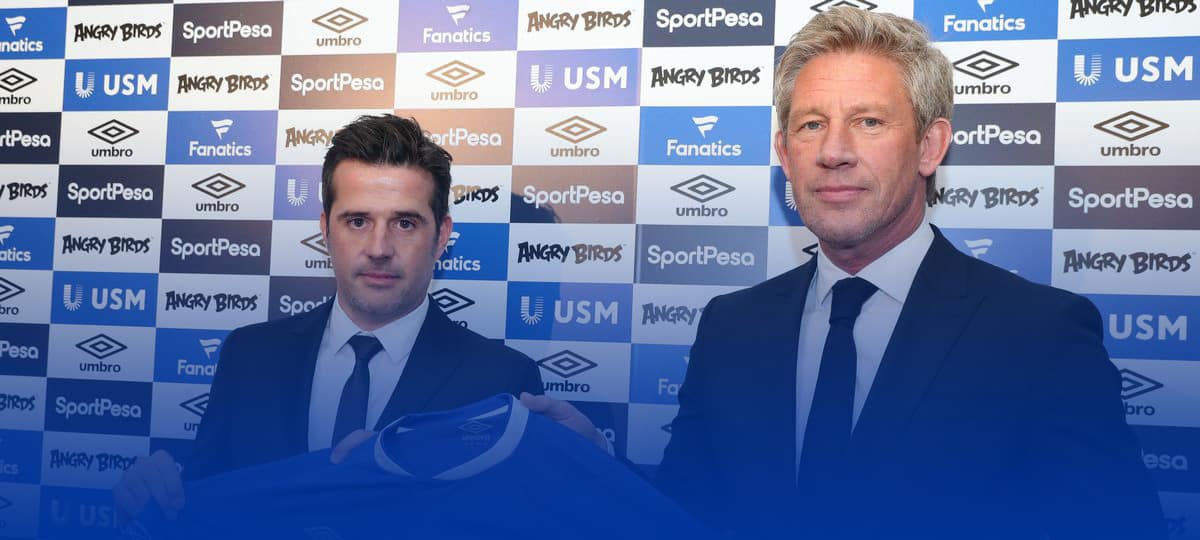
While the above paints a very negative picture, it is important to stress that Everton still have many things going for them. We have largely punched above our weight (in terms of turnover) over the last 20 years and done so on such a regular basis it moves beyond coincidence. The club has a thriving academy, and has an enormous presence in what is the premier city for football talent in the country. In the shorter term this can be seen with a multitude of young players who have been given game time last season. That we now have a Director of Football at the helm who wants to build on this, and a coach identified who can fully utilize this competitive advantage represent genuine moments of positivity going forward over the coming years.
There appears to be broadly 3 camps of interpretation in regards to the initial austere approach adopted by Marcel Brands early indications. Firstly that what we see this summer is now indicative of how the club moves forward, essentially mimicking the approach taken by a wealthy Dutch club. At the other end of the scale, that this is an accounting exercise, an opportunity for Brands to clear the decks before the sort of substantial spending we witnessed over the last 2 years will continue to commence. The third is somewhere between the two, that Moshiri having had his hands burnt with consecutive manager and a hapless Director of Football is now being more cautious in investing money and perhaps once some players are moved on we may begin to see more significant values spent but perhaps only on players that represent a long term value to the club.
The big thing for Brands and Moshiri over the forthcoming period has to be looking to get Everton back to being one of the best “points per £” clubs in Europe as they were when he inherited them. At that stage the job was to ensure the additional funds available were spent just as wisely and it is not unduly harsh to say that this objective has not just failed, but we have likely fallen significantly on this metric. We are now left with the task of not just trying to reconnect with how to spend money more wisely, but also ensuring we spend more money wisely.
The club have at least found a worthwhile combination in doing this. In Brands 8 years at PSV they only spent more than they brought in twice (one was a net expenditure of less than 1 million pounds) while still building a side that would go on to dominate Dutch football and sporadically impress in Europea competition. In Marco Silva they have a manager who has worked under an approach of having to lose players and rebuild, at Estoril, Hull and then to an extent at Watford. If the club can get back to what it was famed for under David Moyes- notably spending the money it has smartly and slowly increasing the values available the two figures could begin to put in place a structure that allows Moshiri to invest with the confidence of knowing the investment grows.
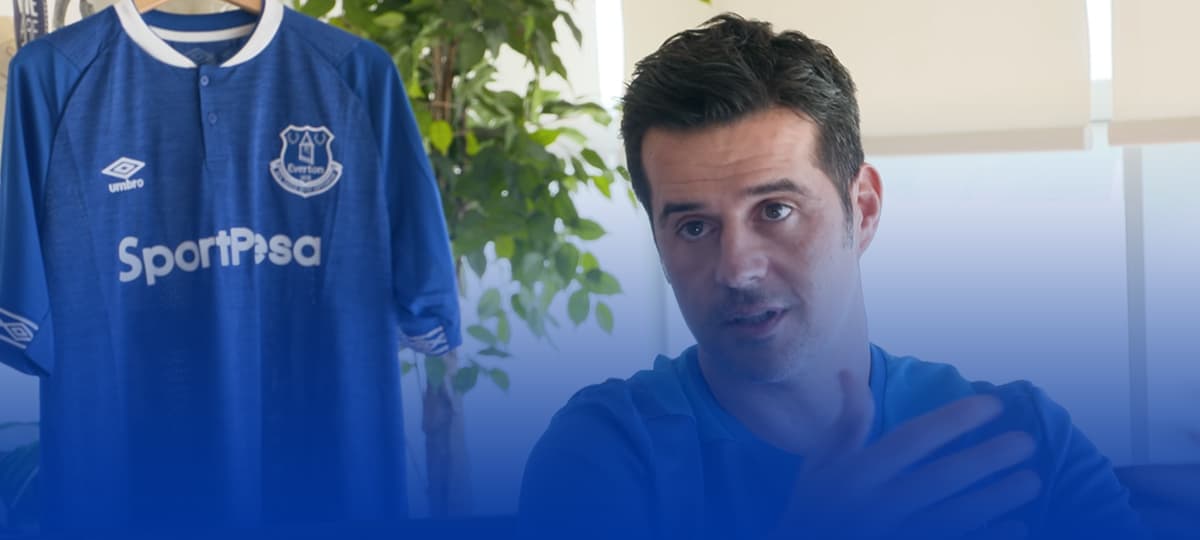
Is it sell to buy? There will certainly be selling and buying so perhaps in the most reductive way then we would have to conclude it is. However there feels more of an optimism amongst supporters, coaches and management staff than what underpinned the sense of anger and dejection that typified David Moyes’s tenure at the club. While he was undoubtedly poorly treated, continually being denied access to funds to strengthen a team close to excellence, he too contributed to the problem by lacking either the flexibility or creativity to consider how could we continue to improve given the actuality of the financial straightjackets we wear. The hope has to be that Silva can emulate some of the best aspects of Moyes (patiently improving players) and the more flexible approach of Brands as adopted at PSV can help overcome the glass ceiling, ideally in conjunction with continued increases in commercial sales and generous investments from Moshiri.
The most frustrating aspect of the sell to buy of the Kenwright /Moyes era was not just the loss of players but the lack of planning that went alongside it. We missed out on numerous opportunities earlier in the window and would often get stung with higher prices later in the window. Any move towards balancing budgets needs to avoid this eventuality and the early signs from Brands and Silva indicate that the situation is far more controllable than some of the worst aspects of the Kenwright regime. This cannot be measured or quantified as easily by simple mathematical metrics and we have to have some faith, that the changes being implemented this summer will benefit the club not just window but in windows going forward.


